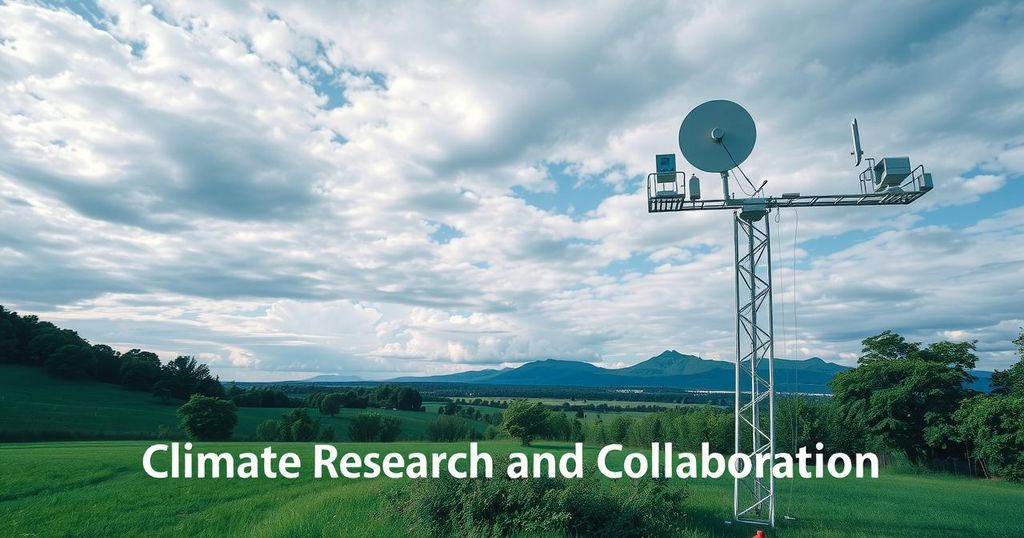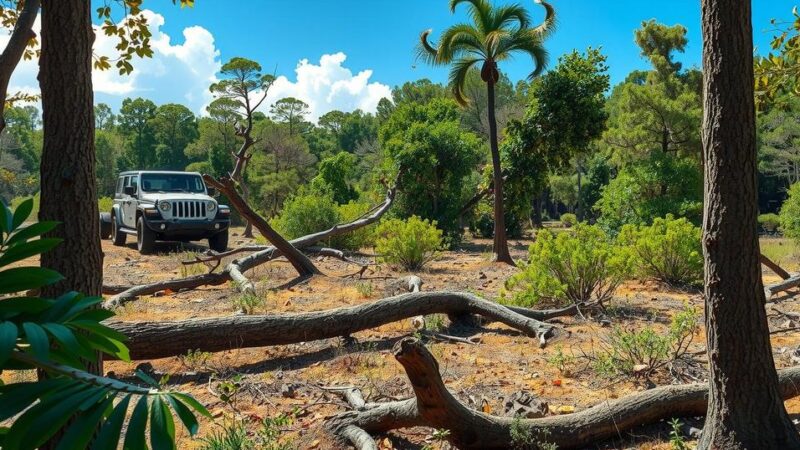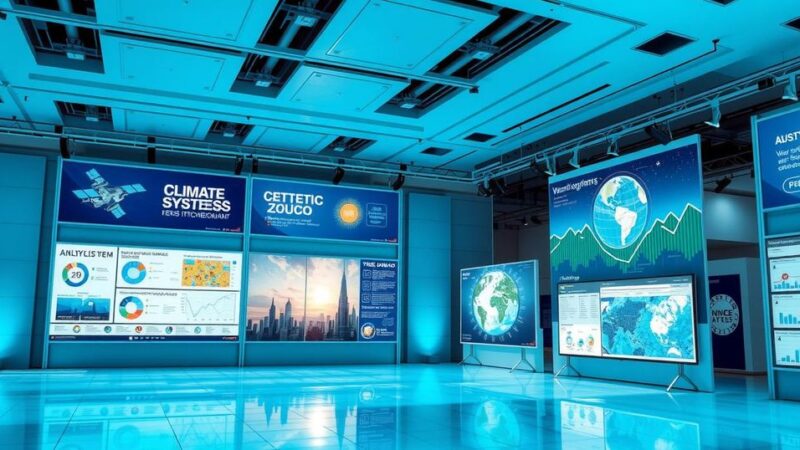On January 30, 2025, WISER EWSA launched its second intensive forecasting testbed in Zambia, South Africa, and Mozambique, following severe disruptions caused by recent tropical cyclones. The goal is to improve weather forecasting and provide timely alerts to vulnerable communities amid increasing extreme weather risks in the region due to climate change. The project emphasizes community engagement, socio-economic assessments, and a co-production approach to enhance trust in weather services.
On January 30, 2025, the Weather and Climate Information Services (WISER) Early Warnings for Southern Africa (EWSA) program launched its second intensive forecasting testbed in Lusaka, Zambia, and across centres in South Africa and Mozambique. This initiative comes amid recovery efforts in Mozambique and Madagascar from the devastation caused by recent Tropical Cyclones Dikeledi and Chido, which led to numerous casualties and widespread displacement among local communities.
Tropical Cyclones Dikeledi and Chido exemplify the severe weather challenges faced by southern Africa. Dikeledi, with heavy rain and wind speeds of 63 km/h, resulted in nearly ten fatalities and significant infrastructure damage. Chido, significantly more destructive with gusts exceeding 200 km/h, claimed over 100 lives and injured more than 800 individuals, emphasizing the region’s vulnerability to hazardous weather events, exacerbated by climate change.
The multidisciplinary team of meteorologists, scientists, economists, and user engagement specialists aims to enhance local forecasting capabilities while providing timely weather warnings to at-risk communities. This testbed is part of a larger project that facilitates regular feedback from communities on the accuracy and accessibility of weather information, crucial for implementing effective early warning systems.
Nowcasting—providing short-term forecasts within a six-hour timeframe—is vital for proactive disaster response. The WISER EWSA project is aligned with the United Nations’ Early Warnings for All initiative, which aspires to ensure all individuals globally have access to vital weather warnings by 2027, thus significantly reducing the effects of hazardous weather events.
The necessity for improved forecasting is underscored by the increasing irregularities in rainfall patterns and the incidence of extreme weather events. Mr. Ishaam Abader, CEO of the South African Weather Service, emphasizes the vital role of the WISER EWSA project in empowering disadvantaged communities by enhancing weather modelling capabilities, ensuring timely responses to weather alerts, and fostering inclusivity among vulnerable populations.
Key technical observations reveal a growing ownership of nowcasting processes among meteorological services in Mozambique, South Africa, and Zambia, enhancing their operational capabilities. Dr. Itzel San Roman Pineda notes the challenges posed by the rapid evolution of severe weather events, necessitating swift communication and diversified dissemination methods to effectively reach and inform communities about imminent threats.
The sustainability of nowcasting services requires strategic resource allocation, addressing issues such as inadequate access to data and communication technology. Dr. Adriaan Perrels of Tyrsky Consulting points out that socioeconomic assessments will guide the project in developing viable business models for long-term forecasting services, enhancing the operational landscape across participating countries.
Community engagement has also been an integral component, with volunteers actively contributing to verifying nowcasting data and promoting awareness within their communities. Dr. Katharine Vincent notes that collaborations with local disaster management committees have facilitated a more integrated approach to disaster risk reduction and community preparedness efforts, thus enhancing the overall resilience of affected populations.
Ultimately, the WISER EWSA project’s co-production methodology aims to foster interaction between meteorological service providers and community users, cultivating trust and prompting local engagement with weather forecasts, which is essential for mitigating weather-related risks. Vincent concludes, stating that transitioning community perceptions towards recognizing the value of accurate forecasting is vital for improving disaster preparedness.
The announcement of the intensive forecasting testbed in southern Africa occurs against the backdrop of severe weather events, particularly the devastating impacts of recent cyclones, which have highlighted the urgent need for enhanced weather prediction and early warning systems. This effort is spearheaded by the WISER EWSA program to bolster community resilience against climate risks while simultaneously improving meteorological services’ capabilities to deliver timely and dependable forecasts.
The WISER EWSA project aims to improve southern Africa’s weather forecasting capabilities and enhance community resilience against severe weather events. By fostering collaborative relationships between meteorologists and local stakeholders, the project aims to deliver timely and actionable weather warnings, ultimately reducing the impacts of hazardous weather on vulnerable populations and promoting socio-economic stability in the region.
Original Source: www.metoffice.gov.uk






